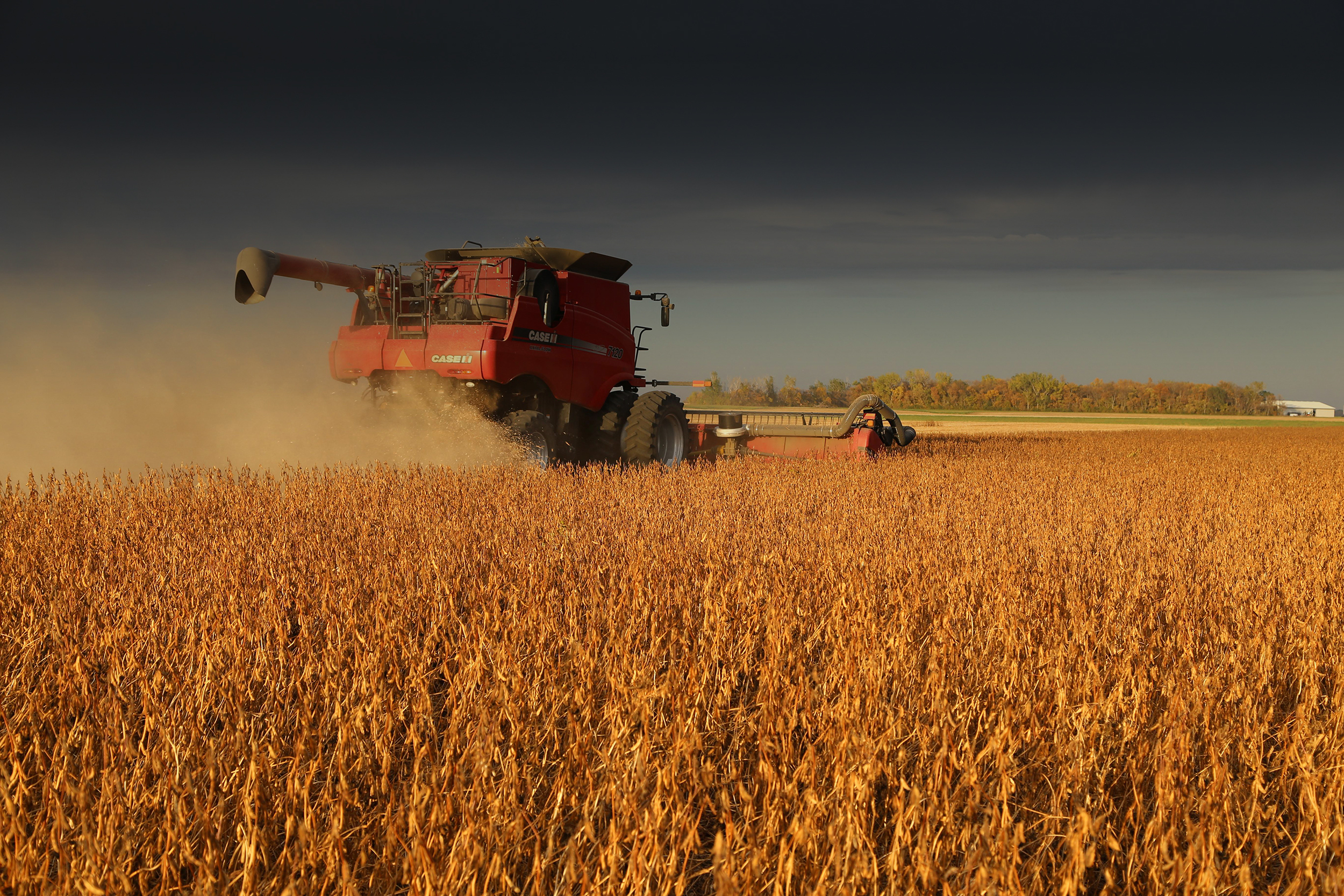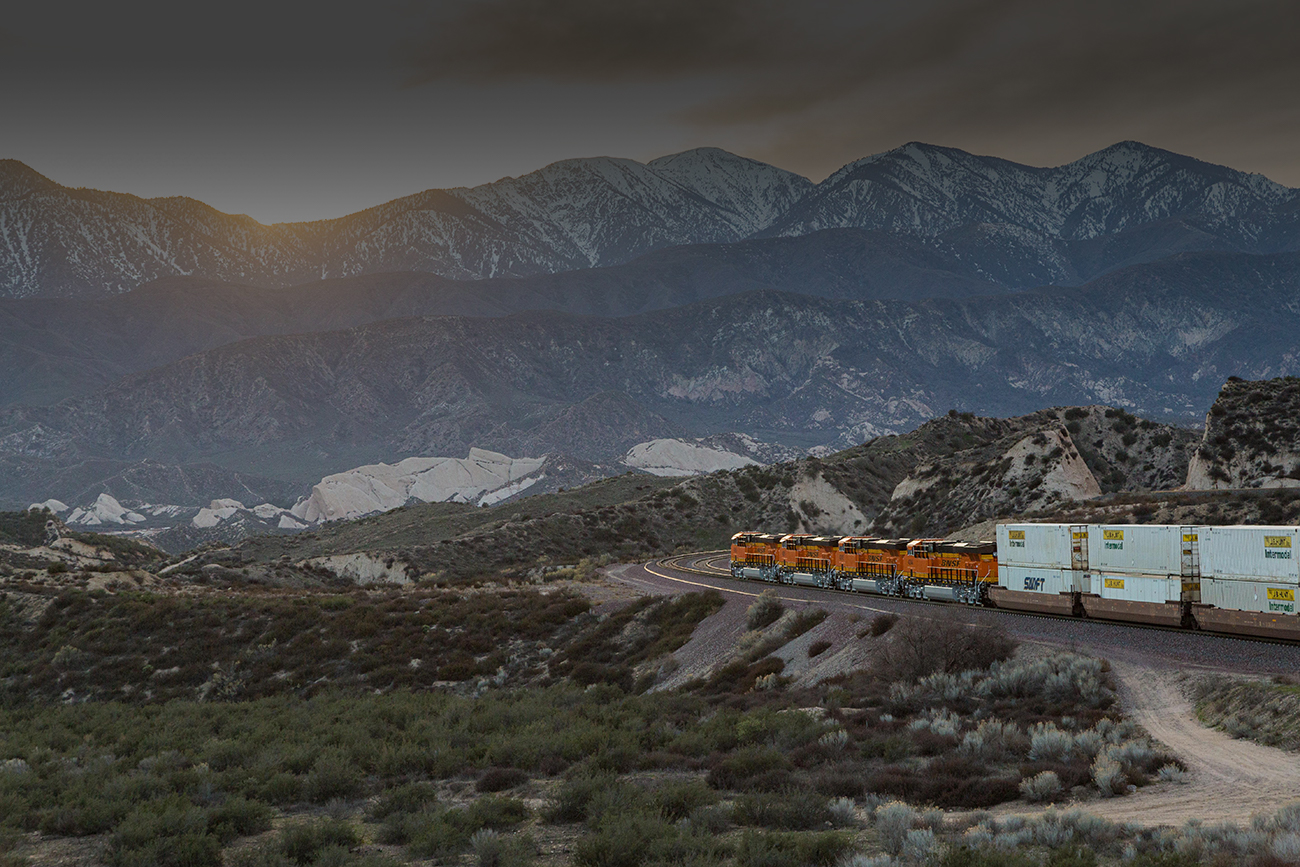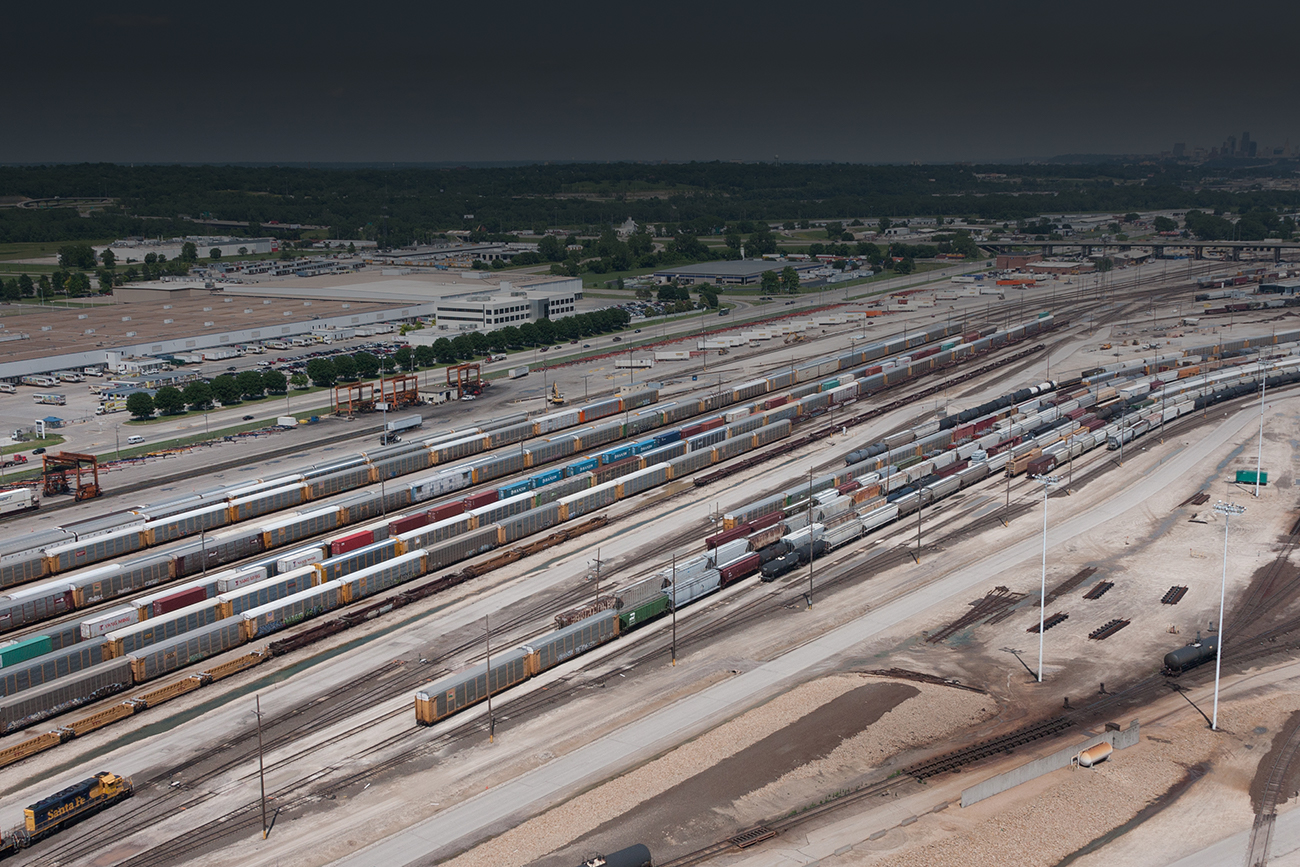BNSF Canada: Celebrating our employees and customers north of the border

As America gets ready for a long Fourth of July weekend, our neighbors to the north are celebrating Canada Day, shining a light on people in Canada as well as Canadian diversity and inclusion. This holiday, celebrated on July 1, commemorates the anniversary of the Constitution Act, which consolidated three territories into the single nation of Canada in 1867.
“Canadians across the country will be coming together in our wonderful cities, heading out to our beautiful parks and lakes or celebrating what Canada means to them in their own unique ways,” Genevieve Brazzell, director Sales for BNSF, explained of her country’s birthday celebration. “From our First Nations’ people to those who emigrated to Canada many years ago to those who join us this year, we all contribute to the fabric of Canada, and through this diversity it continues to make us the ‘True North, Strong and Free.’”
Brazzell is one of the more than 80 BNSF employees in Canada, where we prioritize being close to our customers and focus on continuing to find the best solutions for efficient supply chains connecting Canada and the U.S. and all the way to Mexico.

BNSF’s footprint in Canada includes representatives in Toronto, Ontario; Calgary, Alberta; Vancouver, British Columbia; as well as Operating teams on the West Coast in British Columbia and at Winnipeg, Manitoba, connecting customers to key markets over the 32,500-route-mile BNSF rail network (or more than 52,303 kilometers for our Canadian friends).
BNSF’s presence in Canada can be traced to nearly 150 years ago, when our predecessors Great Northern Railway (GN) and Northern Pacific Railroad (NP) laid tracks into the territories in what is now the provinces of British Columbia, Alberta, Saskatchewan and Manitoba.
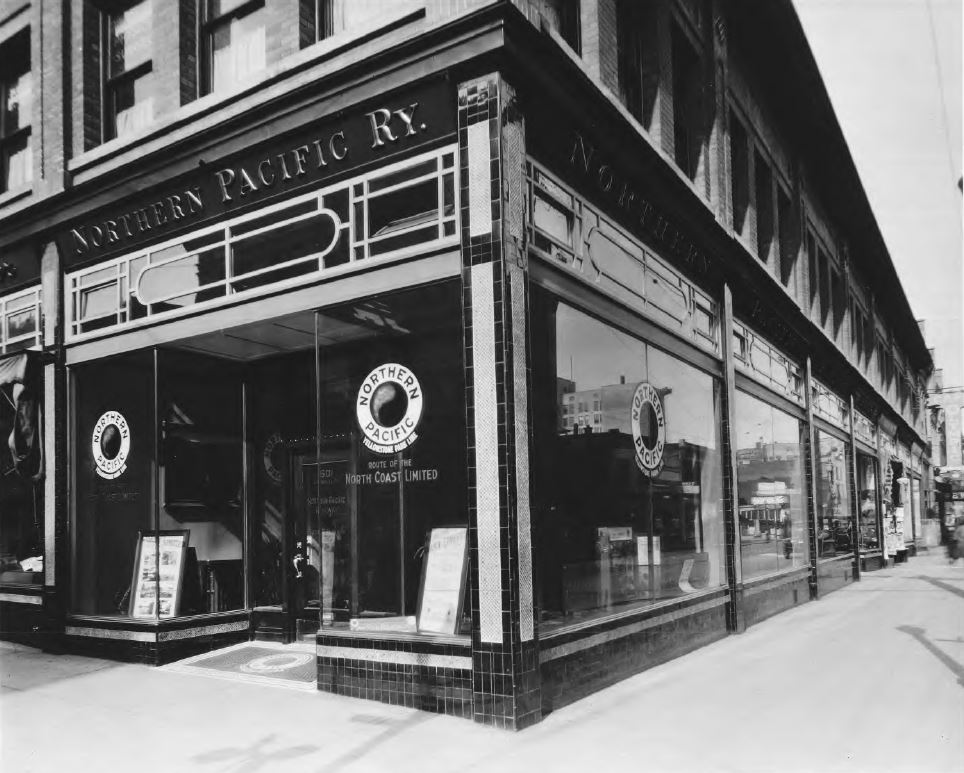
Today, while our mileage may be considered relatively small – about 90 miles, including 63 as part of a joint haulage agreement – on average we annually move about 500,000 carloads in and out of Canada.
“Our team works hard to provide our Canadian customers options in their supply chain,” Brazzell said. “We work to understand our customers’ business and build close relationships, which was particularly challenging over COVID. Thanks to video conferencing technologies and the presence of our local contacts, we kept moving forward. This year we celebrate being together again, face to face.”
Today, as the North America supply chain responds to transportation shocks related to COVID, economic shifts and capacity constraints, BNSF’s Team Canada continues to help customers get their loads across the border. In fact, BNSF has expanded its Sales group in anticipation of growth in Canadian business.
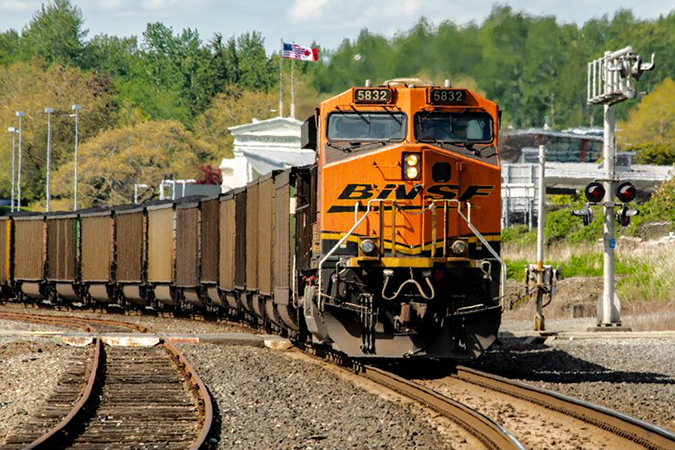
“Rail freight volumes for Canada are expected to continue to grow as we move through recovery, rebuild inventories in North America and seek to create increased resiliency to effectively respond to supply chain shocks in the future,” Brazzell said. With 70% of Canadian rail traffic coming through Western Canada, BNSF is well positioned as a western U.S. railroad.
“Our Sales team is ready and has the know-how to make international freight transport efficient and effective,” Brazzell added. “While BNSF appears small based on our Canadian footprint compared with the Canadian railways, BNSF provides key gateways to the U.S. with optional alternative routes to keep our customers’ business moving across the U.S. and Mexico.”
Here are some facts about the business we have to the north:
- Canada is the No. 1 trading partner with the U.S. In 2021, Canada was the largest purchaser of U.S. goods exports, accounting for about 14% of U.S. trade in goods. BNSF’s top three Canadian customer shipments are energy products, building materials and agricultural commodities.
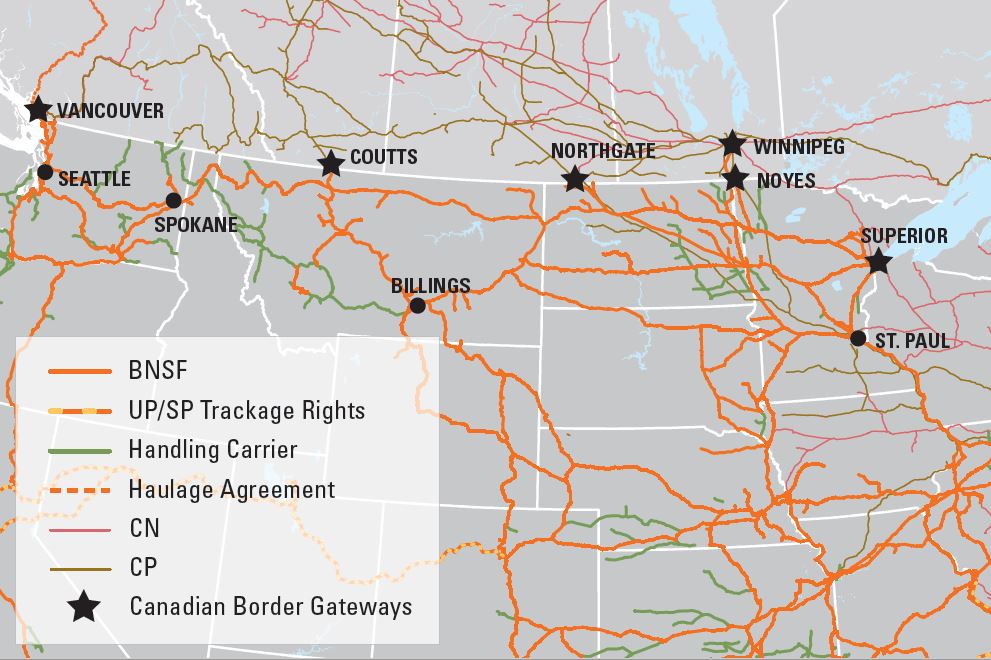
- BNSF has direct access to Canada in three provinces: British Columbia, Saskatchewan and Manitoba, with five gateways and a dozen interchange locations with either Canadian National (CN) or Canadian Pacific (CP) railroads. Through these portals and connections, Canadian customers can link to BNSF’s 32,500-route-mile network – a system that is larger than Canada’s entire rail network. In addition, BNSF connects to key shortline railroads in British Columbia: the Southern Railway of British Columbia at Sumas, Wash., and the Kettle Falls/St. Paul and Pacific Railroads at Chewelah, Wash.
- The Gateway Energy Terminal and Ceres Global at Northgate, Saskatchewan, is a Certified Site. (BNSF's Site Certification Program identifies optimal rail-served sites and conducts in-depth reviews of 10 economic development criteria to determine if the site meets BNSF’s stringent readiness standards, which are intended to minimize development risks customers may face.) The Northgate terminal features two high-efficiency loop tracks and 1,300 acres. The site currently handles exports of canola, wheat and specialty crops, plus propane and butane, with imports of chemicals and fertilizer.

- Winnipeg has long been a key transportation hub and is an important intersection of three Class I railroads. BNSF operates in Winnipeg as the “Burlington Northern Santa Fe Manitoba Limited” or BNML. Originally the line was constructed as a subsidiary, the Midland Railway of Manitoba, in 1888, thus BNSF has a long and important history of providing access to U.S. markets from Central Canada. Today, BNSF provides direct service to a handful of customers in Winnipeg while also providing access to the BNSF network under Canadian Transportation Agency Inter-switching as well as efficient routing options through interline shipments when providing joint-line services with CN and CP rail.
- BNSF predecessor GN completed several rail lines into British Columbia in the late 1800s to compete with CP, the first transcontinental line across Canada. Those strategic north-south lines across the border provided options to the iron and ore-rich regions of Southern British Columbia. Today, that Greater Vancouver Gateway is our busiest in Canada, with increasing demand for shipments southbound as well as important northbound exports such as the Roberts Bank coal terminal shipments.

As we forge new paths and build on our strengths together, we wish all our Canadian colleagues, friends and customers a happy Canada Day!
